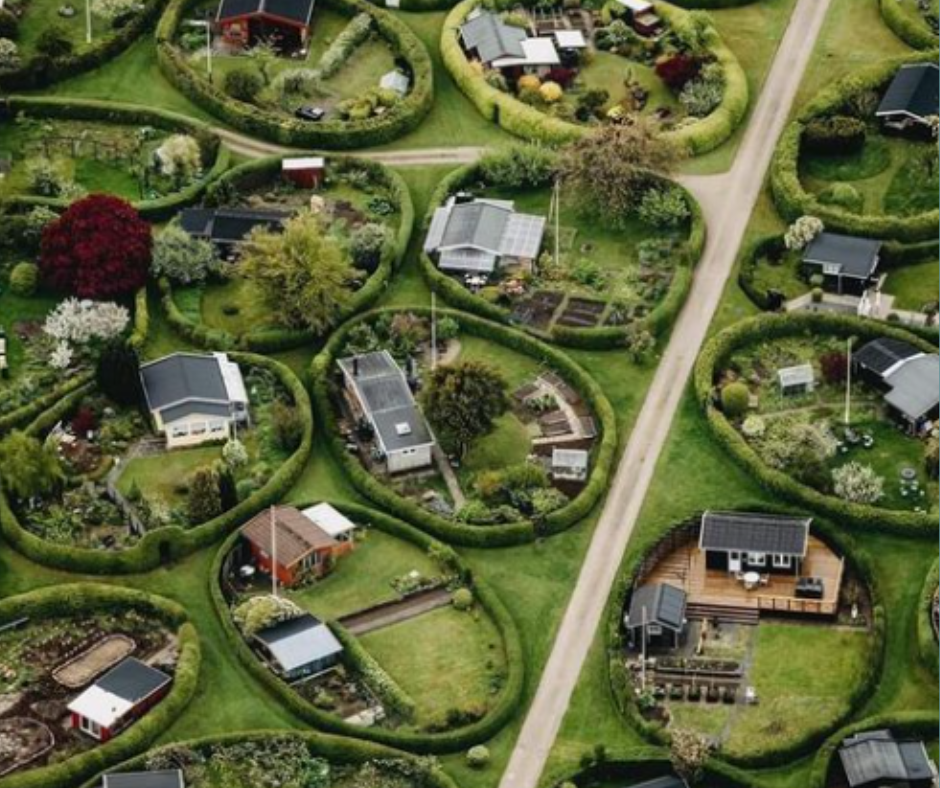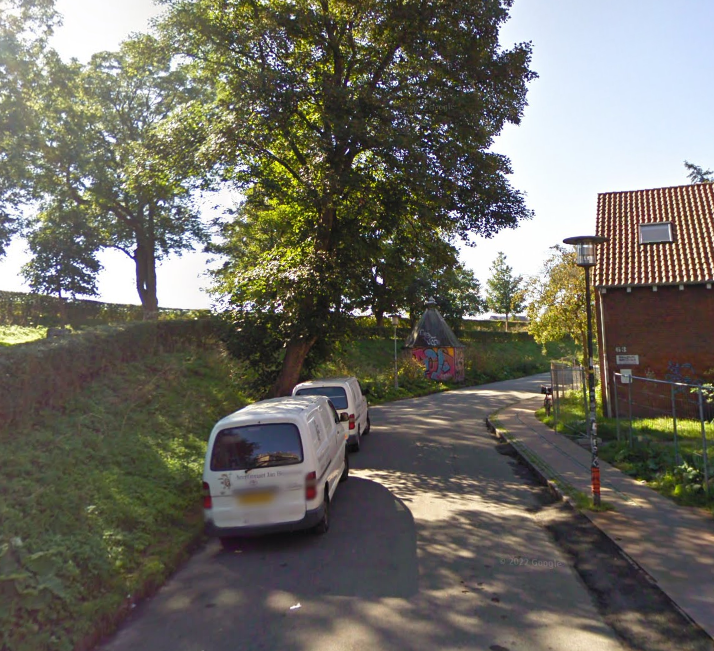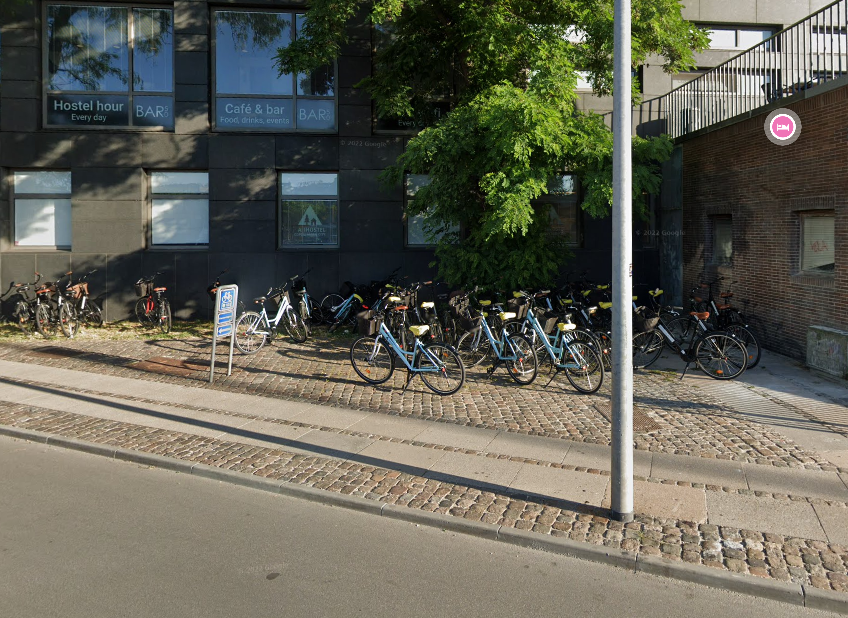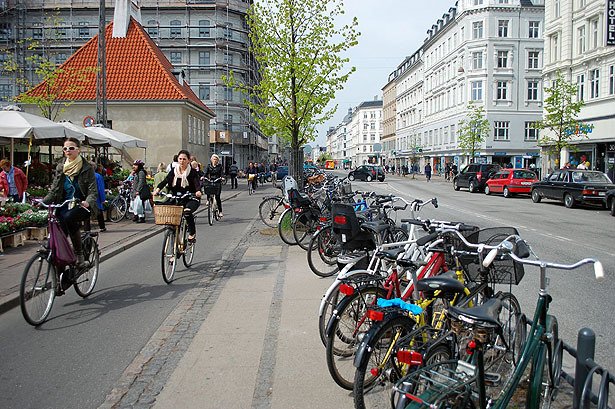
October 22, 2024
The city of Copenhagen, the capital of Denmark, is globally recognized for its commitment to sustainability, often referred to as the “Garden City.” Its innovative approach to urban planning, which integrates green spaces and eco-friendly practices, has become a model for cities around the world seeking to balance urban life with nature.
The concept of a “Garden City” has its roots in the early 20th century, influenced by the Garden Cities movement from the United Kingdom. In Copenhagen, this idea was adapted to create a city where nature is present on every corner, providing a high quality of life without losing urban dynamism. Parks, gardens, and green areas are spread throughout the city, such as the famous Tivoli Gardens, one of the oldest parks in the world, which combines fun and tranquility in a green leisure space in the heart of the city.
Copenhagen is considered one of the greenest cities on the planet, with ambitious goals to become the first carbon-neutral capital by 2025. The city has invested in eco-friendly infrastructure, such as buildings with green roofs, efficient waste collection systems, and widespread use of renewable energy, mainly through wind turbines. Sustainable architecture also plays a central role, ensuring that urban expansion is carried out with respect for the environment.


One of the most notable aspects of Copenhagen is its sustainable transportation system. The city is widely recognized as one of the most bike-friendly cities in the world. More than half of the population uses bicycles as their main mode of transportation, thanks to an extensive network of safe and well-integrated bike lanes. Additionally, Copenhagen boasts an efficient public transportation system, including electric buses and sustainable trains, which further reduces the reliance on motorized vehicles.


Environmental education is another priority in Copenhagen, with schools teaching the importance of sustainability from an early age. The city is also a hub for technological innovation in green solutions, with companies and universities collaborating to develop new sustainable practices and clean technologies. Copenhagen’s commitment to the environment inspires its residents to actively participate in preserving natural resources.
The success of Copenhagen’s “Garden City” model would not have been possible without the collaborations between the government and the private sector. The city has been a pioneer in creating public policies that encourage businesses to invest in eco-friendly practices, from constructing sustainable buildings to creating clean energy solutions. These partnerships have been essential to developing a city that serves as a global reference in sustainability.
Copenhagen represents a possible future for many cities around the world. Its “Garden City” model proves that it is possible to combine urbanization with environmental preservation, ensuring a high quality of life for its inhabitants while protecting the planet. As challenges such as climate change and population growth emerge, the Danish capital stands out as an inspiration for innovation and sustainable commitment.
Copenhagen, the true “Garden City” of Denmark, continues to lead the way in creating sustainable urban environments that integrate modern life with nature. Its visionary approach to urban planning not only enhances the quality of life for its citizens but also offers a promising direction for other cities seeking eco-friendly solutions amidst rapid urban growth.





